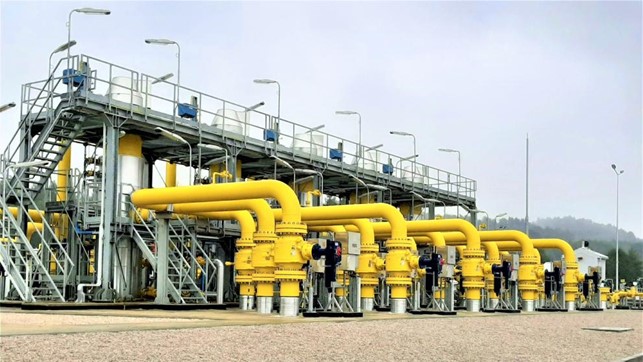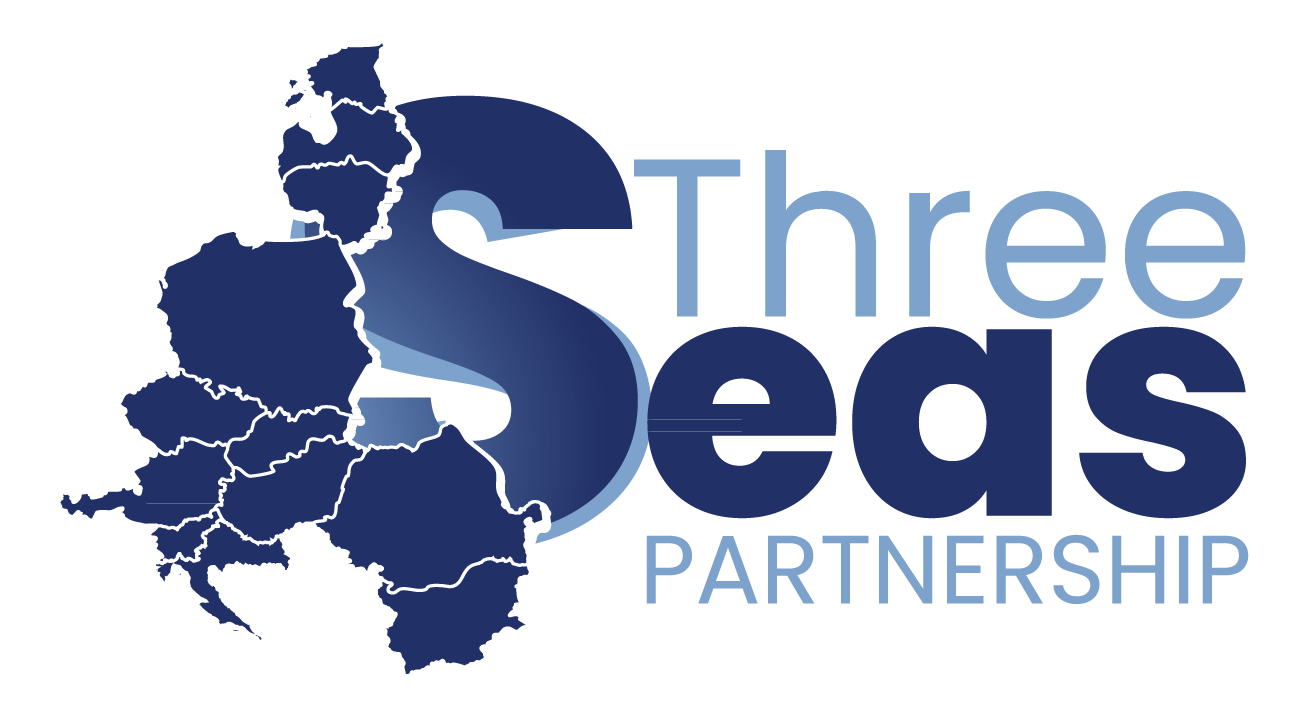The value of energy interconnection in Three Seas region

Improving cross-border electricity interconnections is one of the main goals of the European Union, as well as improving security of energy supply and fostering renewable energy sources into the markets. Collaboration between countries is fundamental to build a stronger Europe and formats like the Three Seas Initiative play a key role in promoting projects and initiatives for this purpose. The energy sector is in fact one of the three main focuses along with digitalisation and transport. At the moment 39% of the projects promoted by the Three Seas Initiative regard the energy field, for a total of 13 states involved.
The European Union has set an interconnection target of at least 15% by 2030, the previous target set by the European Council in 2014 for 2020 was 10%. By the year 2021, 16 countries reported to be on track to reach that objective by 2030, in practice each country should set electricity cables to transport across their border a minimum of 15% of their electricity production. To help countries to achieve this target the Commission set up, in 2016, a group of experts that gives technical advice and presents reports on the interconnection capacity in the EU and the public acceptance of the implementation.
Today Europe’s electricity system is the world’s largest interconnected grid, it has more than 400 interconnectors and links almost 600 million citizens but still needs to be improved, through building cross border and high voltage cables, and by developing shared market rules to realize the integrated European electricity market. The benefits would be numerous starting with enhancing European unity but more importantly it would be essential for security of supply. There might be numerous scenarios of critical situations for one or more countries, for instance when a power plant fails or during extreme weather conditions or shortages resulting from events like the Russian invasion on Ukraine. EU countries need cooperate in order to build better resilience in times of crisis.
Energy interconnection is also crucial for another main objective of the EU, that is the green transition. In fact, solidarity in renewable energy production sources will first give investors more confidence in building more implants knowing that energy could be sold to national and foreign markets, secondly, solar and wind energy could unlock greater potential and efficiency by exploiting optimal locations. Moreover, the energy cost will be affected, in fact allowing energy to flow quickly across Europe, according to supply and demand, and in response to price signals it will lower the cost but also reduce the price volatility on the market by boosting competitiveness as consumers have access to different options from a variety of countries.
Buying and selling electricity across the borders is impossible without the appropriate infrastructure, that is where the main investment should be done. The Three Seas Initiative that prioritizes interconnection between countries is designing different projects in the field of energy.
A first example could be the project called “Diversification of gas supply sources and integration of gas infrastructure in the Three Seas Region” that consists of implementing the Baltic Pipe project and cross-border interconnection between Poland, Slovakia, and Ukraine. The Baltic Pipe is crucial, because it connects Poland with the Norwegian Continental Shelf through Denmark, thus making this gas supply available also for the Baltic region and Central and Eastern Europe (CEE). It is giving the markets an alternative to gas supplies from the eastern direction. A secure supply of gas and assuring diversification of sources will enhance Eastern Europe market competition and integration.
Other examples of interesting projects involving gas are the “BRUA” that aims to develop permanent bidirectional flows in between the interconnections of the Romanian National Gas Transmission System with Bulgaria and Hungary, and the “IAP” Ionic Adriatic Pipeline that has the objective of connecting the existing gas transmission system of Croatia via Montenegro and Albania with the Trans-Atlantic Pipeline (TAP). This would establish a new natural gas supply route from Middle East and Caspian region to supply the CEE region with gas from the Southern Gas Corridor, providing security and stability.
A project of a different kind of energy source is “The Central European Hydrogen Corridor”, launched in 2021 by four gas infrastructure companies (OGE, NET4GAS, eustream, Gas TSO of Ukraine) that aim to create a hydrogen transport corridor from Ukraine through Slovakia, Czechia to Germany.
Lastly it is important to highlight the Smart Connectivity vision, launched during the Three Seas Summit in Estonia in 2020, which focuses on expanding digital components across key infrastructures thus applying it also to energy. The so-called Smart Energy System is based on sustainability, cost-effectiveness, and integration. This system aims to be consumer-centric, but in fact citizens take the role of active decision-makers and market-influencers by becoming producers and not only consumers, but also prosumers. The European Technology & Innovation Platforms for Smart Network for Energy Transition (ETIP SNET26) envisions that by 2050, millions of households will participate in real-time automated demand response with connected appliances and equipment. The key behind this system is the across border flow of prosumers data. Access customers’ energy usage data expands demand response and improves energy efficiency. For this to happen, it is necessary to build smart energy grids, high-performance data centres for data acquisition, storage, and utilisation. All to achieve shared goals for energy security, economic development, and energy transition.
Author: Giovanni Neri
Sources:
- The Three Seas Initiative website, accessed 15/05/2024: https://projects.3seas.eu/projects/diversification-of-gas-supply-sources-and-integration-of-gas-infrastructure-in-the-three-seas-region-diversification-of-gas-supply-sources-and-integration-of-gas-infrastructure-in-the-three-seas-region-with-the-implementation-of-the-altic-pipe-project-and-cross-border-interconnections-republic-of-poland-slovak-republic-and-republic-of-poland-ukraine
- The Three Seas Initiative website, accessed 15/05/2024: https://projects.3seas.eu/projects/brua-development-on-the-territory-of-romania-of-the-national-gas-transmission-system-along-the-corridor-bulgaria-romania-hungary-austria-(brua-phase-1-and-2)-and-enhancement-of-the-bidirectional-gas-transmission-corridor-bulgaria-romania-hungary-austria-(brua-phase-3)-and-the-development-on-the-territory-of-romania-of-the-southern-gas-transmission-corridor-for-taking-over-gas-from-the-black-sea-shore-(black-sea-podisor)
- The Three Seas Initiative website, accessed 15/05/2024: https://projects.3seas.eu/projects/iap-ionic-adriatic-pipeline
- The Three Seas Initiative website, accessed 15/05/2024: https://projects.3seas.eu/projects/the-central-european-hydrogen-corridor
- European Commission official website, Electricity interconnection targets: https://energy.ec.europa.eu/topics/infrastructure/electricity-interconnection-targets_en
- Ember website, Breaking borders: The future of Europe’s electricity is in interconnectors : https://ember-climate.org/insights/research/breaking-borders-europe-electricity-interconnectors/
- The Three Seas Initiative website, Smart Connectivity vision paper: https://3seas.eu/about/smart-connectivity
The „Three Seas Partnership” program is financed by the National Institute of Freedom – Center for the Development of Civil Society as part of the Government Program Civic Initiatives Fund #NOWEFIO for the years 2021-2030.
